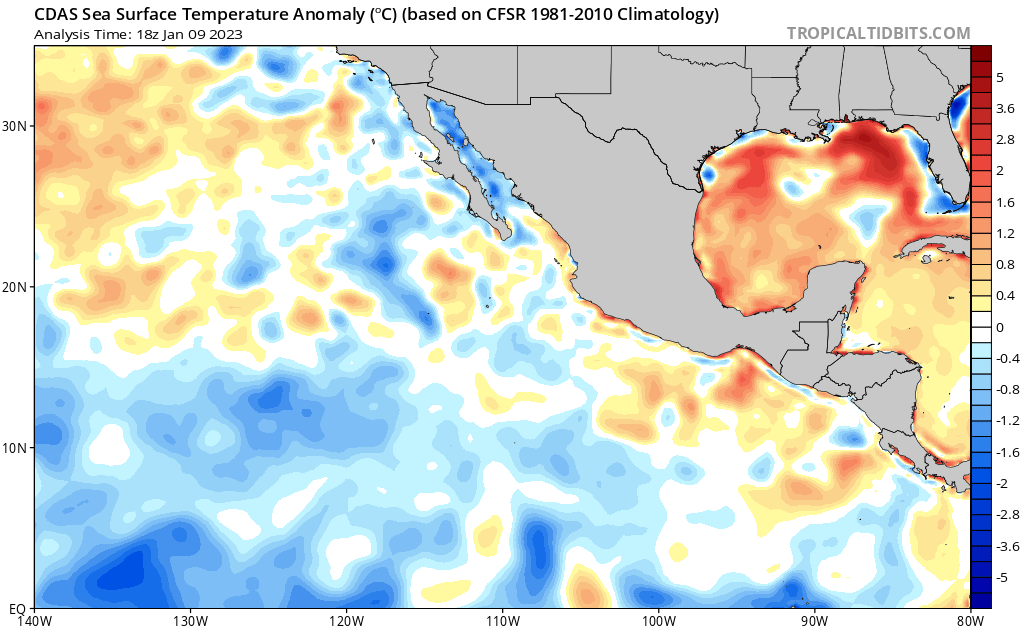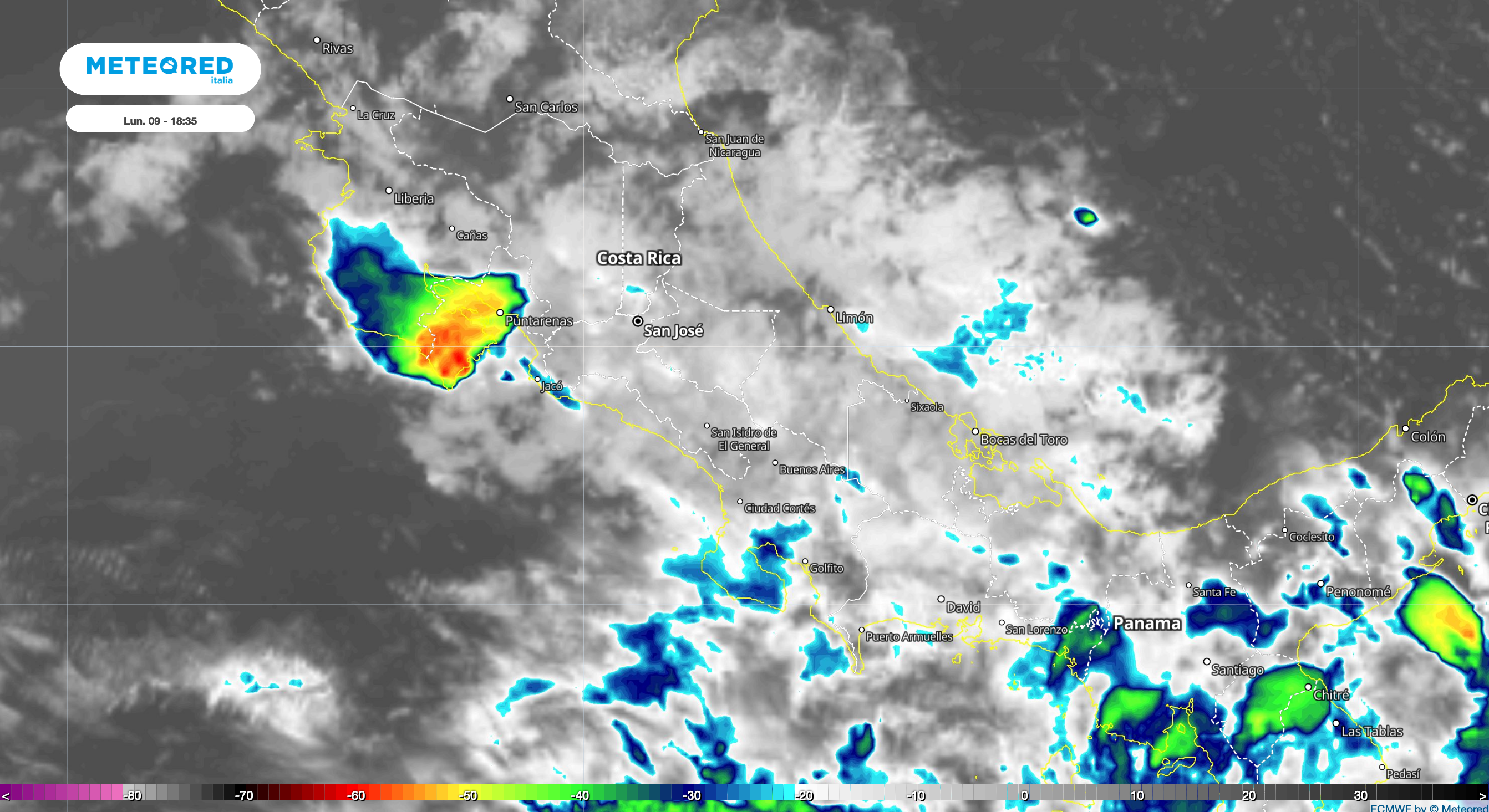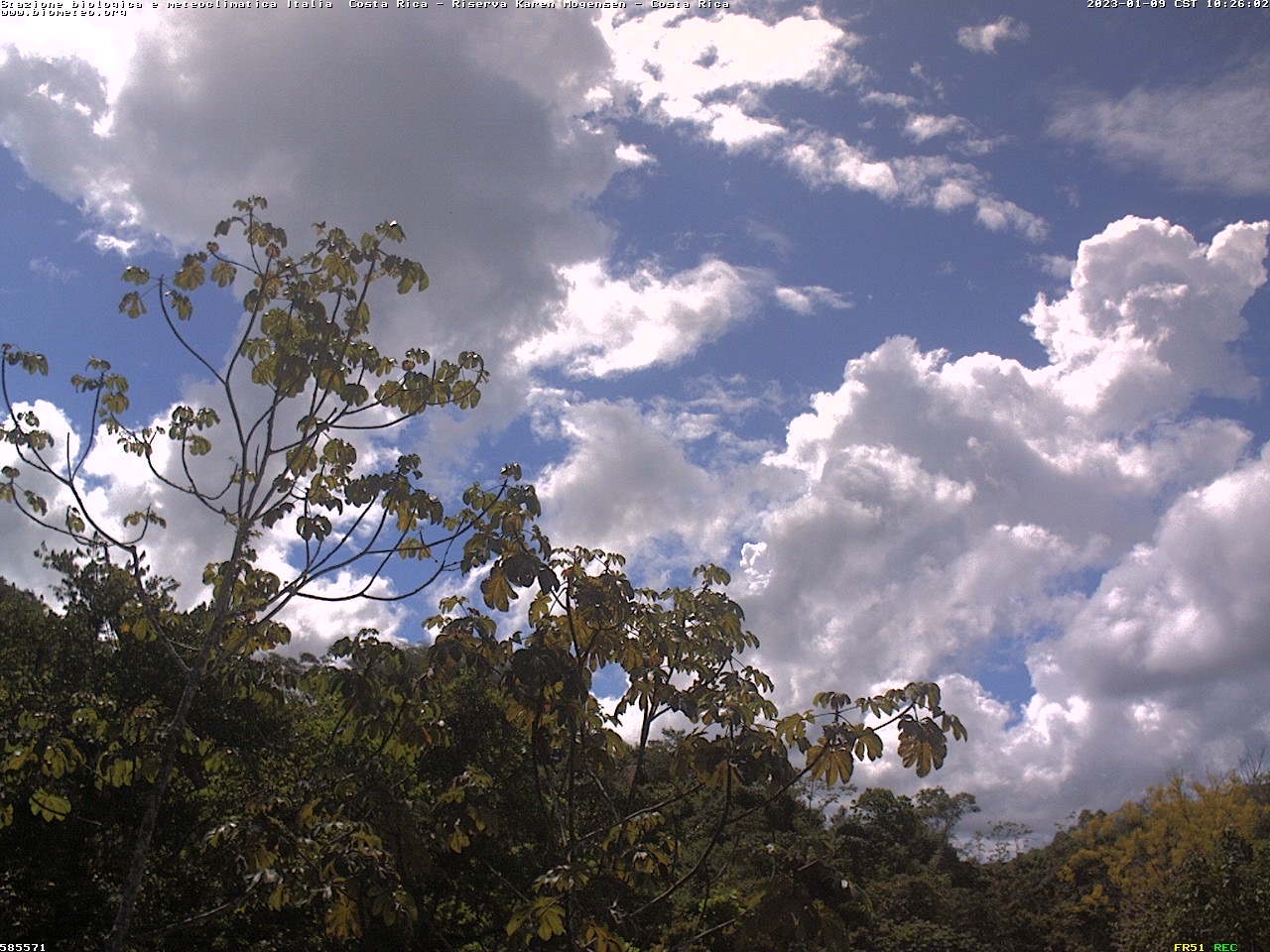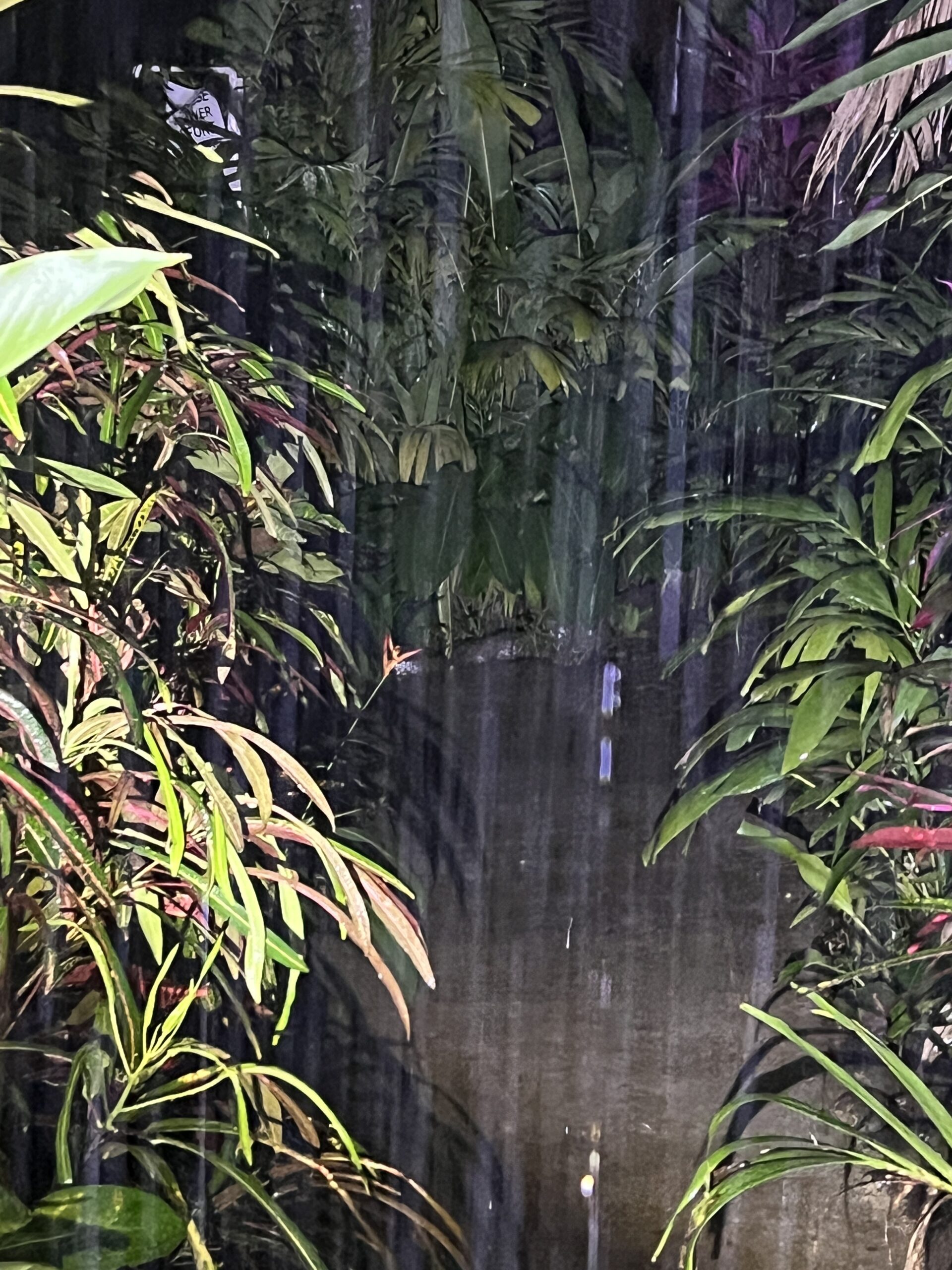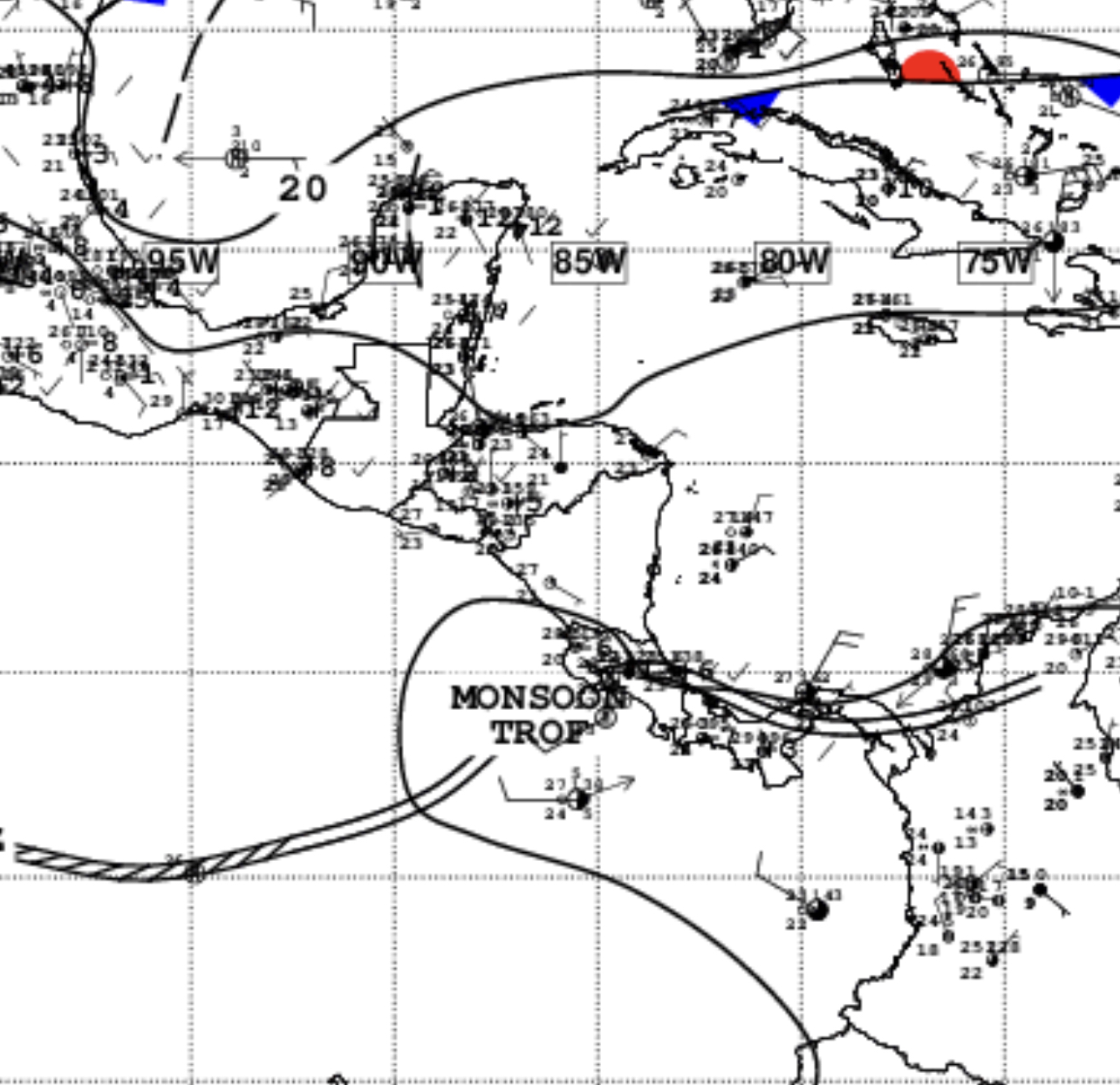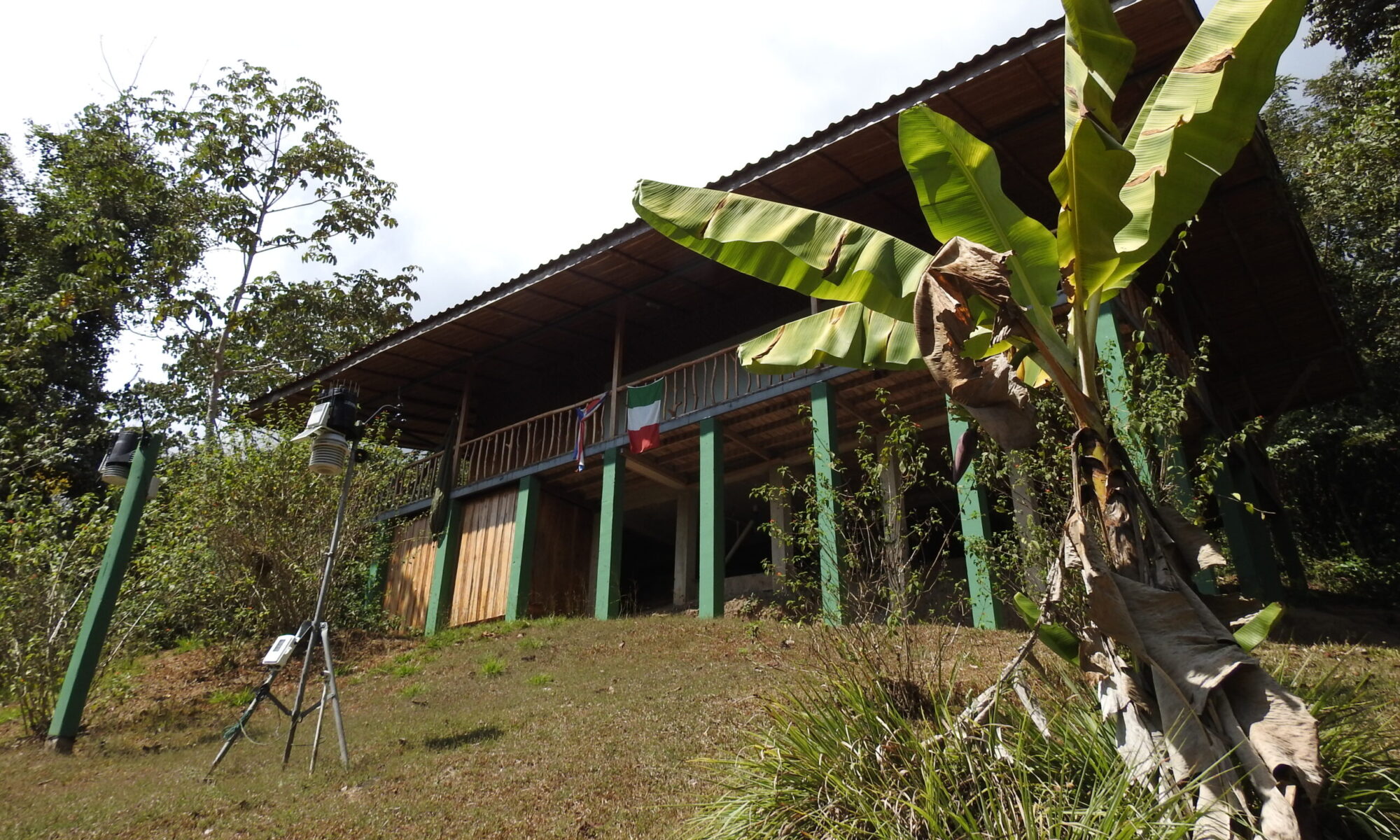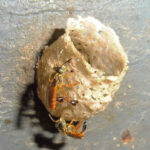Rain in January at the Karen Mogensen reserve: is it an anomaly?
In these early 2023 days, while we are analyzing the weather and climate data for 2022, we are also observing unusual storm activity in a period usually ascribed to the dry season.
The question arises, is it a consequence of climate change or an effect of the continued cooling period of the Pacific Ocean for La Niña?
The answer isn’t easy and it can’t even be an outright yes or no. However, the observations collected so far with our weather station at the Karen Mogensen Reserve help us.
Today, January 9, a marked activity of cumulus clouds was observed from the webcam since the morning. In the afternoon a storm system from the Puntarenas area moved over the sea, gaining energy from the latent heat of condensation released by the ocean and which fed moist air to a large cumulonimbus cloud. Heavy rains were observed in the afternoon between Cobano, Montezuma and Cabuya where it had already rained yesterday evening. At the reserve, weak precipitations were observed on 8, 0.8 mm, more consistent on 9, 10.4 mm.
From a meteorological point of view, the presence of the “Monsoon Trough” is observed further north than normal, an enlarged lowland area of the ITCZ, the tropical interconvergence zone. On day 9 it is observed from the NOAA map right on the Nicoya Peninsula.
It is also interesting to observe that in the context of the La Niña cold cycle period, the area of the Pacific Ocean off the coast of the Nicoya Peninsula is warmer than normal by about 1-1.5°C.
We also quote the Meteorological service of Costa Rica which writes on the 9th January 2023 “The incursion of moisture from the maritime sectors will favor the presence of cloudiness and scattered episodes of precipitation. The moderate trade winds in the early hours of the day will cause cloud cover and possible rains in regions of the Caribbean and the North Zone; In the afternoon, the gradual weakening of the wind pattern will encourage the entry of breezes from the Pacific Ocean, causing cloudy developments and rains in some parts of the Pacific, particularly in the southern part.”
Our weather station has been in continuous operation since February 2017, since then it has recorded rainfall in January 2018, 51.6 mm, and in January 2020, 55.2 mm. Weak rains were also recorded in January 2021, but for only 3.0 mm and a few drops, 0.6 mm in 2019. Precipitation totally absent in January 2022.
So, in itself the rain in January does not appear extraordinary, but the situation in the coming days and in the coming years will still need to be monitored. Direct and systematic meteorological observation is in fact fundamental as it is also referred to by the Paris Agreement on climate and by a document of the recent COP27 in Egypt.
Luca Lombroso, Meteorologist AMPRO – Geophysical Observatory of DIEF UNIMORE, Italy and Member of the Asociacion Foreste per Sempre OdV.
On the sidelines of Luca Lombroso’s note on the meteorological phenomenon of the past few days, it is necessary to mention the impact that such an event could have on the seasonal biological trend of both natural vegetation and crops and the impact on animal species.
It is the time of full bloom for many tree species that make the forest foliage a collage of colours and a safe food supply for many species of insects including bees, which among the various genera include the Melipona, which local beekeepers use obtaining a very precious honey. Unfortunately, these heavy rains were a rather damaging event, causing the flowers that could have fed the bees for a few weeks to fall in large quantities in this strategic period for them.
But it was also harmful for some types of crops typical of the area, both trees such as mangoes and avocados, and on fields such as melon growers and watermelons, which could suffer substantial losses because they too are in the flowering period. It is therefore hoped that the phenomenon was occasional and not a persistent consequence of climate change.
The “Italia Costa Rica” bioclimatic station was born precisely to study the effects on the biological cycles of the animal and plant species present in the Reserve and in the surrounding areas to help a more careful management of natural resources and the productions of the cultivated areas.
